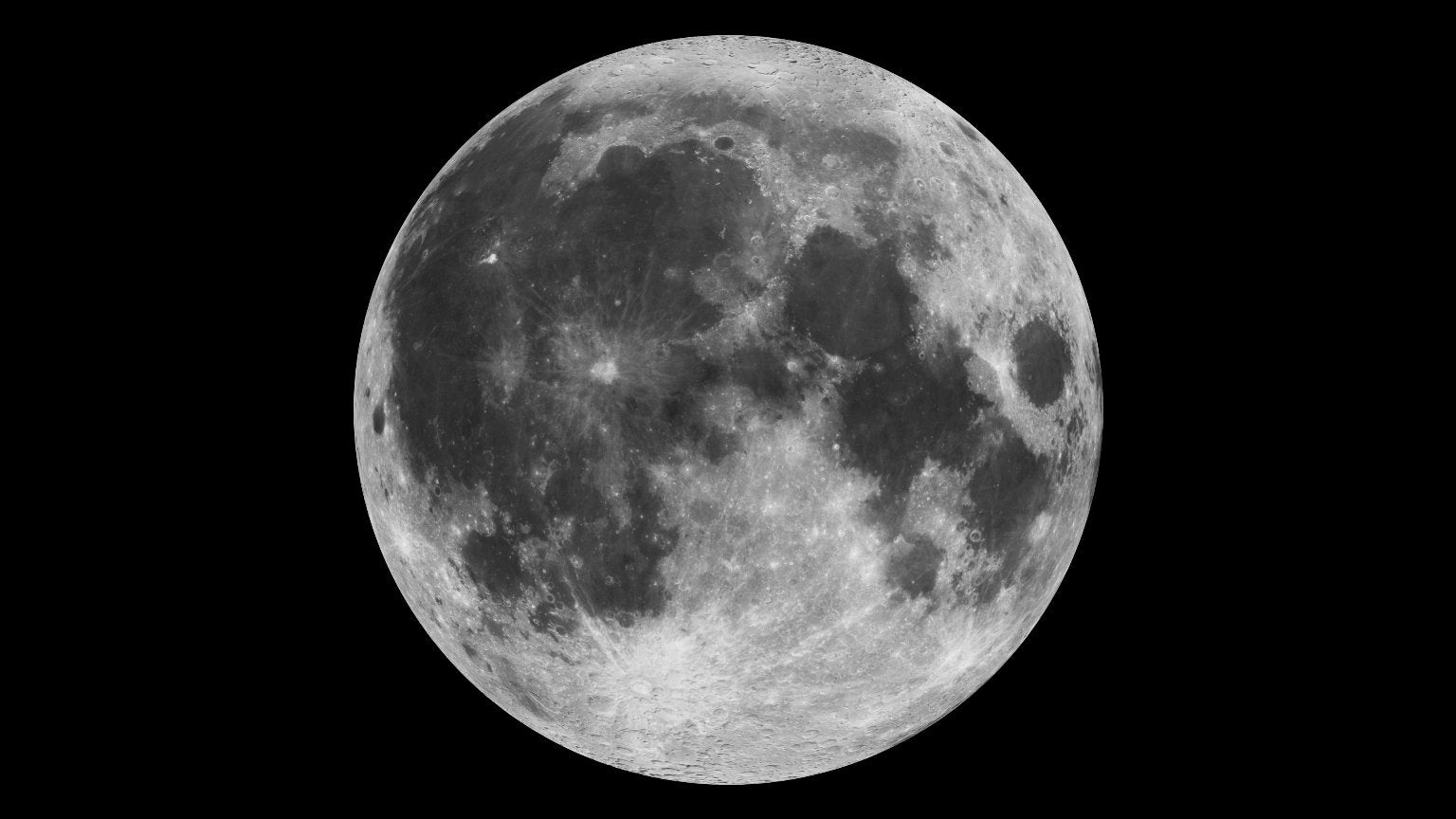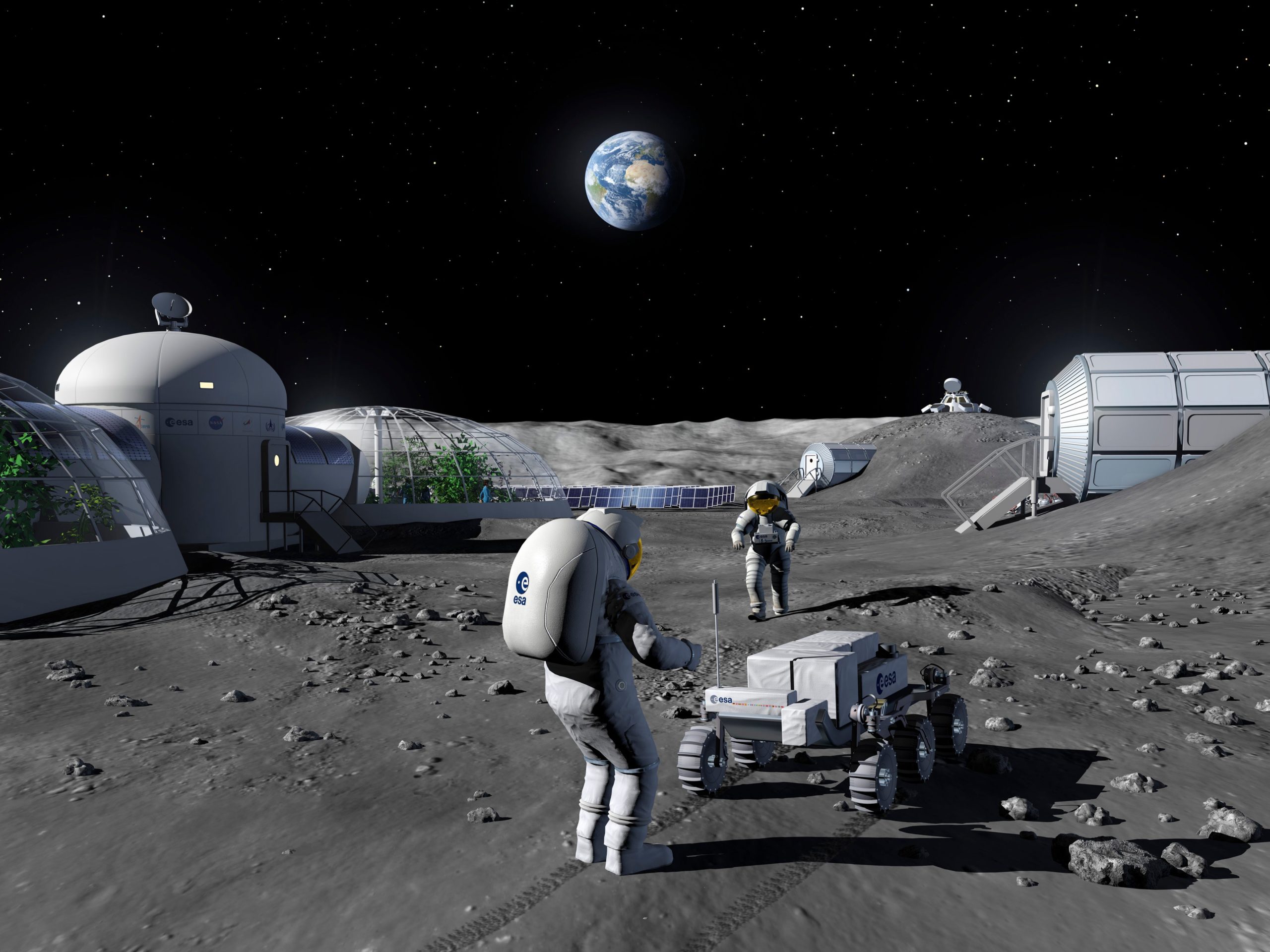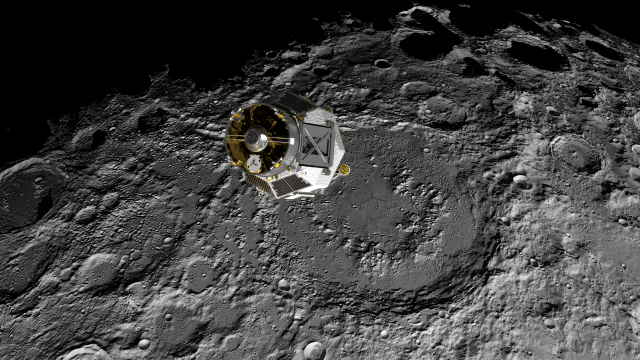The European Space Agency has detailed its plan for a network of lunar satellites that will support a human presence on the Moon. The project, dubbed Moonlight, would fashion the Moon as a launchpad for deeper space exploration.
The Moonlight initiative would also serve navigational purposes, helping craft land on the Moon with new — and routine — precision. Once upon a time, the Moon was merely associated with Earth by virtue of our planet’s gravitational pull. With a robust satellite network, messages could flit instantaneously between our pale blue dot and the small grey dot next door.
“This project will enable the efficient exploration of the Moon by creating a reliable and efficient telecommunication and navigation network through a constellation of lunar satellites,” Elodie Viau, the director of the Telecommunications and Integrated Applications wing of ESA, in a press conference today. “But that will be just the beginning … it will help us pave the way to missions to Mars and beyond.”

Today’s press conference marked the kickoff of a 12- to 18-month study period for the project, during which ESA will talk with private-sector players to better understand exactly what such a communications network on the Moon could look like. The proposal comes along during the nascent stages of a boom in space exploration. NASA’s Artemis mission is slated to see humans back on the Moon by 2024, with SpaceX winning the contract to build the lunar lander over Jeff Bezos’s Blue Origin. China recently launched the first module of its space station, a feat that was only slightly overshadowed by the subsequent fears about its rocket’s uncontrolled plummet back to Earth.
Though perhaps a little less headline-catching than those moves, ESA’s plan is an exciting effort towards sustained human transit and habitation beyond Earth. It is a serious proposition about an interplanetary hitching post; “the systematic exploration of our eighth continent: the Moon,” in the words of David Parker, ESA’s director for human and robotic exploration. “The Moon is a repository of four and a half billion years of solar system history, but we’ve hardly begun to unlock its secrets.”

In a press release published alongside today’s news conference, ESA enumerated a few of the benefits such a program would provide, including missions being able to land anywhere on the Moon, radio astronomers being able to set up observatories on the Moon’s dark side, rovers moving faster on the lunar surface, remote operation of lunar vehicles, and, perhaps most importantly, the opportunity to put scientific instruments permanently on the Moon and in lunar orbit, saving payload space and costs on future extraterrestrial missions.
ESA has selected a couple of satellite companies to build out the network, including Surrey Satellite Technology, which previously received a contract to work on ESA’s Lunar Pathfinder. Following the 12- to 18-month study period (looking at the feasibility of the project), the goal is to pitch the plan to ESA’s Council of Ministers for implementation by 2022, with the first satellites operational by the late 2020s.
More: Finding the Perfect Landing Spot for NASA’s Moon Mission Will Be Tricky
